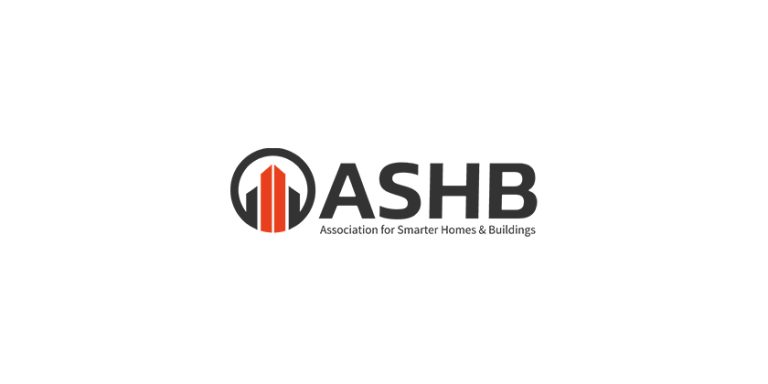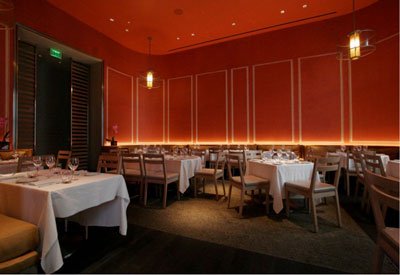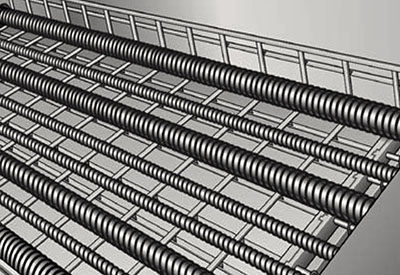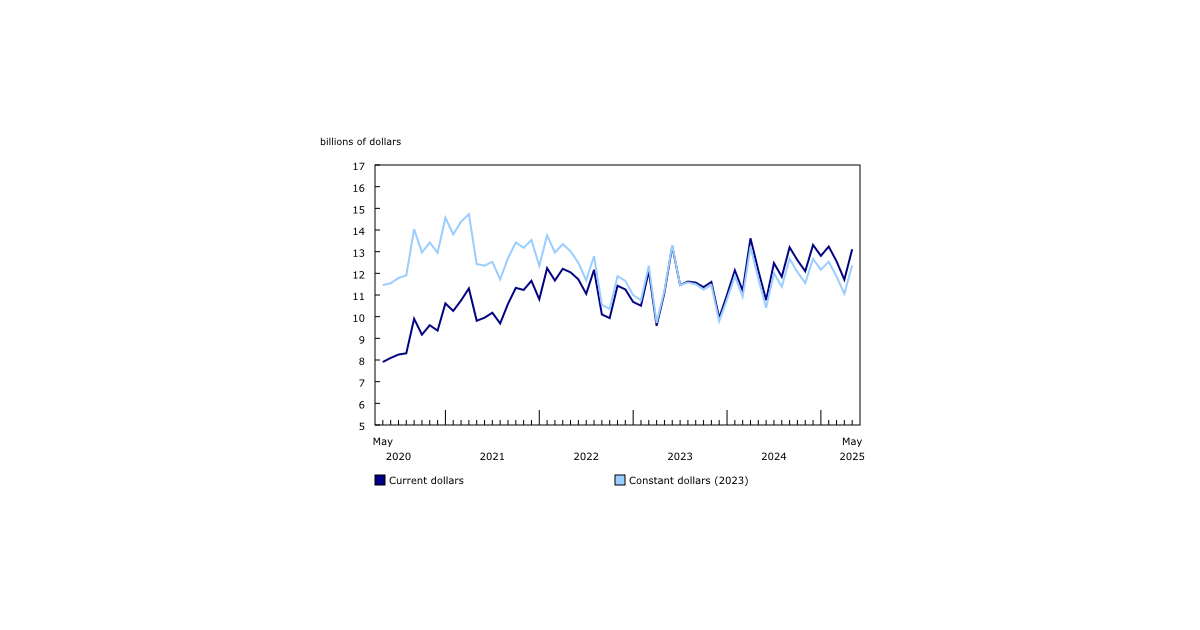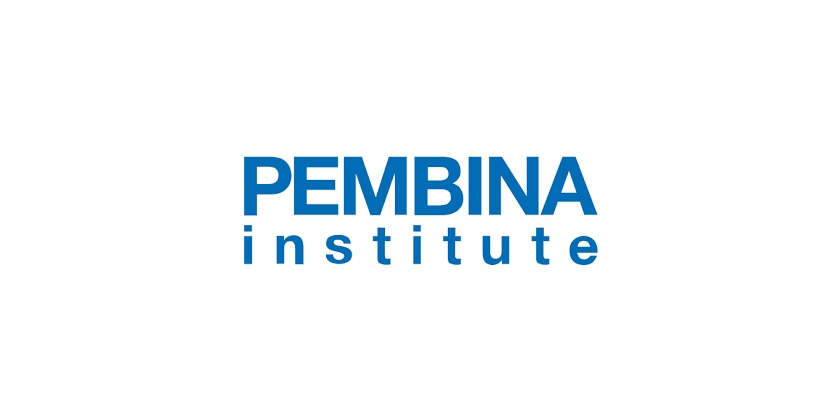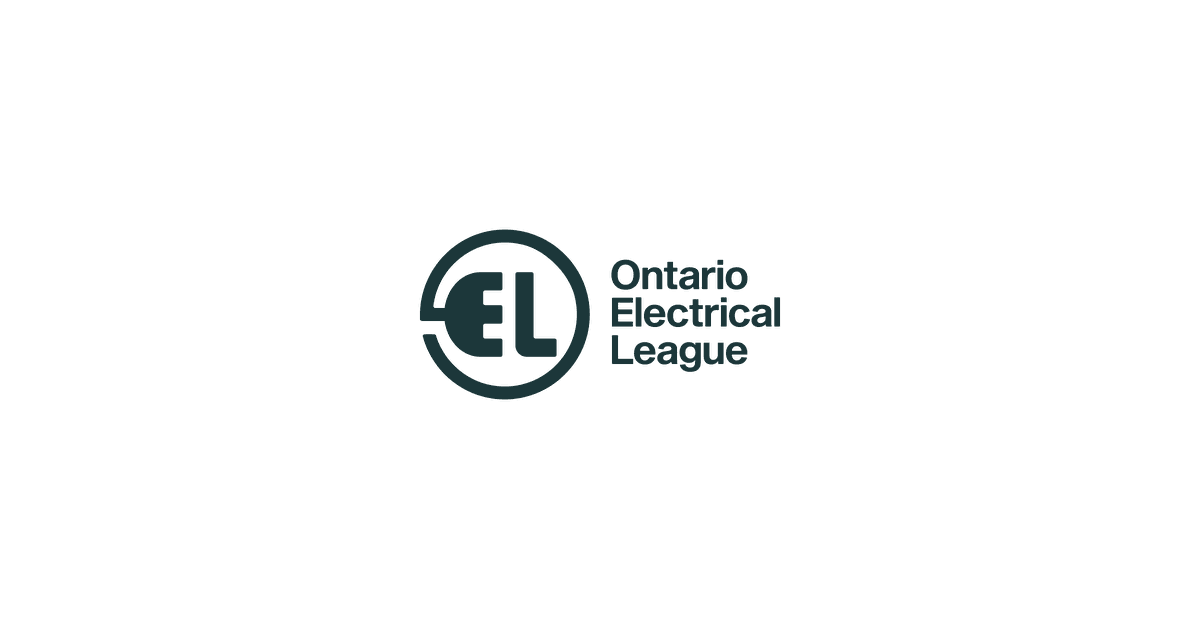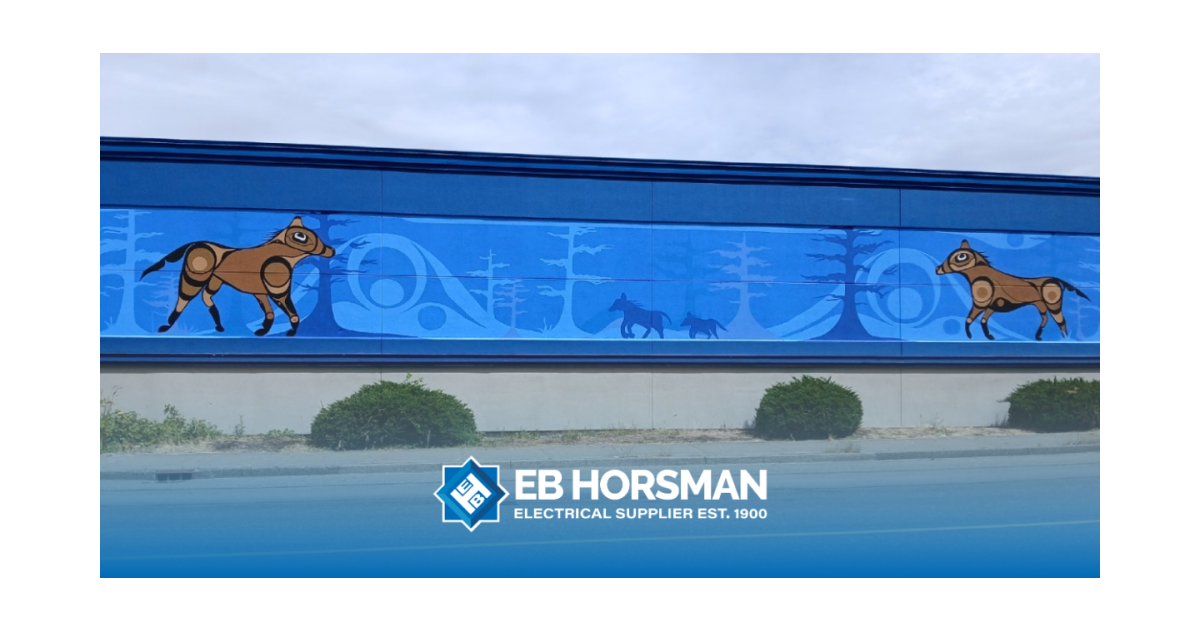2018 Canadian Electrical Code, Part I: Top 15 Changes
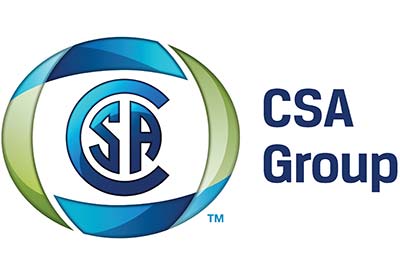
June 28, 2018
Now in its 24th edition, the 2018 Canadian Electrical Code, Part I includes a number of significant updates and changes to better help electrical workers in the safe maintenance of electrical equipment and create safer electrical installations.
This edition features important revisions to many sections. For example, Section 26 now mandates the use of tamper-resistant receptacles in additional areas where children may be present. Section 62 now requires ground fault circuit interrupter protection for heating devices and controls in proximity to tubs, sinks, and shower stalls. Section 10 has been updated, reorganized, and significantly reduced in length. Requirements for power over ethernet systems have been added to Section 16, and requirements for marinas, wharves, and similar facilities have been substantially updated and reorganized in Section 78.
Read more below about the top 15 changes to the code.
1. Power over Ethernet
2015 Code — No specific requirements
2018 Code — New Subsection 16-300
POE (Power over Ethernet) has existed for many years however, recent revisions to IEEE standards for communications cables has opened the door to higher power applications for POE, such as room lighting. Through these cables, power levels approaching 100 W are possible, along with simultaneously communications between devices and systems. POE is typically implemented as a “structured” cable system, wherein cables are bundled together for extended lengths. Cable heating is a function of the power it carries and as such, installation and layout become critical factors in ensuring safe operation. New requirements for POE have been added to the Code in the form of new Rules 16-300 through 16-350, and Table 60.
2. Installation of identified conductor at control locations
2015 Code — Two wire simple switch loop acceptable
2018 Code — Identified conductor required at every control location
Control devices are increasingly used as an essential part of energy management systems. Many of these devices require power to operate, and where used in a simple switch loop, create a small current through the bonding conductor. As the number of devices increases, the cumulative current through the bonding system will become unacceptable. New Subrule 4-028(2) now mandates that an identified conductor be installed at each manual or automatic control location. This requirement applies to all occupancy types. The term “neutral” has been replaced with the more accurate term “identified conductor”.
3. Bonding and grounding
2015 Code — 15 pages long and two tables
2018 Code — 8 pages long and one table
Section 10 requirements have been reorganized into a more logical flow of requirements and significantly reduced in size. Objectives for solidly grounded, impedance grounded, and ungrounded systems are clearly specified at the beginning of the Section. Tables 16A and 16B have been combined into a single Table, with Rule 10-614 providing specific conditions for selecting the size of bonding conductor or bonding jumper.
4. Arc fault circuit interrupters
2015 Code — AFCI protection required, with some exemptions
2018 Code — exemptions tightened, application to existing circuits clarified
Clarification is now provided for AFCI protection of existing branch circuits that are extended due to renovations or additions. Exemptions from AFCI protection have been reduced or removed for number of areas including branch circuits supplying smoke alarms, carbon monoxide alarms, and bathrooms.
5. Disconnecting means for LED luminaires
2015 Code — disconnecting means required for fluorescent ballasts
2018 Code — disconnecting means required for fluorescent ballasts and LED drivers
To support safe maintenance, the Code has for several editions required disconnecting means for fluorescent luminaires utilizing double ended lamps and operating at more than 150 V. With increased use of LED lighting, the requirements have been extended to LED luminaires exceeding 150 V to ground with double ended lamps.
6. Tamper resistant (TR) receptacles
2015 Code — TR receptacles required in dwelling units and child care facilities
2018 Code — TR receptacles required in additional occupancy types
The requirement for tamper resistant receptacles in dwelling units and child care facilities is expanded to include other areas where children may be present including hotel guest rooms, preschools, and elementary education facilities.
7. Equipment connected to devices having Class 2 outputs
2015 Code — approval requirement based on application
2018 Code — approval based on voltage and application. Voltage limited by location.
Products having a Class 2 output are covered by a number of standards including C22.2 No. 60950-1 (LPS), C22.2 No. 66.3 (Class 2 transformer) C22.2 no. 223 (ELV), C22.2 No. 250.13 (LED), and C22.2 No. 62368-1 (AV and IT). The output voltage from these supplies can vary substantially in magnitude and waveform, up to 60 Vdc. Revisions to Section 16 now set the requirements for approval of such equipment based on application, location, voltage, and waveform, and maximum permitted voltages for dry, damp, and wet locations.
8. Increased GFCI protection for wet areas
2015 Code — Nno requirement for GFCI protection for heaters or controls in bathrooms
2018 Code — GFCI protection required
Similar to GFCI requirements for receptacles in the vicinity of showers, sinks or tubs, new Section 62 Rules mandate GFCI protection for electric heating devices and heating controls in the vicinity of sinks, showers or tubs.
9. Continuous loads
2015 Code — complex continuous load requirements
2018 Code — continuous load requirements simplified.
Rule 8-104 has been one of the more misunderstood Rules in the Code, with varying interpretations of how it should be applied. Subrules 8-104(1) through (4) remain intact however, Subrules 8-104(5) through (7) have been distilled down two Subrules; one for switches and breakers marked for continuous operation at 100%, and one for switches and breakers marked for continuous operation at 80%. In both cases, the Subrules now simply require two things:
(1) that the continuous load not exceed the continuous operation marking on the fused switch or circuit breaker, and
(2) that the continuous load not exceed a specified percentage of the allowable ampacity determined from Section 4.
Gone are references to specific columns in Tables, underground installations, and derating (correction) factors.
10. The 5% Rule
2015 Code — calculated load permitted to exceed conductor ampacity by 5%
2018 Code — 5% rule eliminated
Subrule 8-106(1) has existed in the Code for some time however, the later introduction of Rule 8-104 put 8-106(1) in conflict. In addition, conductor ampacities are determined by Section 4, not 8, as confirmed by several related changes to Section 8. Finally, the Subrule has been inconsistently applied. As such, Subrule 8-106(1) was deleted.
11. Marking for maximum continuous load
2015 Code — no labelling requirement
2018 Code — maximum continuous load required to be field marked on equipment
The maximum continuous load determined for a given installation may be substantially less than the equipment rating. However, there is no requirement to communicate this information to maintenance personnel, installers, or inspectors, for purposes of future maintenance or modification of the electrical system. As a result, new Subrule 2-100(4) requires that a caution label be applied to the equipment to indicate the maximum permitted continuous load.
12. Electric shock drowning
2015 Code — 15 and 20 A receptacles require GFCI protection
2018 Code — ground fault protection for feeders, GFCI protection for receptacles
Much research has been conducted on the phenomenon known as electric shock drowning. Section 78 has been extensively updated to require GFCI and Ground Fault protection for branch circuits and feeders respectively. The scope of Section 78 has been expanded to include additional types of structures such as floating piers and docking facilities, and the Rules have been re-arranged to simplify navigation of the Section.
13. Electric vehicle energy management system
2015 Code — EV supply equipment loads added to load calculations at 100% of rating
2018 Code — demand factors recognized where energy management system used.
Electric vehicle supply equipment (EVSE) can draw a substantial load when in the charging mode. For existing buildings, the addition of EVSE can result in the total load exceeding the existing service capacity. In this case, the first option is to increase the service size. A second option is to install a system to monitor the power being drawn by EVSEs and other building loads, and control the EVSE loads such that the overall load does not exceed the limits of the existing service, feeders, and branch circuits. In combination with new Rule 8-500 and new Subrules 8-106(11) and (12) such systems are now recognized in the Code as Electric Vehicle Energy Management Systems (EVEMS). Complementary to the introduction of EVEMS, a new Table of loads and demand factors has been added specifically for EVSE.
14. Kitchen wall (not counter) receptacles
2015 Code — separate branch circuit required
2018 Code — separate branch circuit not required
Wall receptacles provided in a kitchen are required to be supplied by a separate circuit. However, this requirement predates the requirement for counter receptacles and circuits. Given that many kitchens are now used as general living areas, and that receptacles are now required to be provided along the kitchen wall in the same fashion as a living room, there is no longer a need for a dedicated circuit. Consequently, the requirement has been deleted.
15. Refrigerators
2015 Code — separate circuit required for each receptacle installed for a refrigerator
2018 Code — separate circuit only required for mandated refrigerator receptacle
The existing wording of 26-722 required a separate circuit for each receptacle installed for a refrigerator. This requirement is now relaxed by permitting a dedicated circuit to supply more than one refrigerator receptacle. It has also been revised to more clearly state that the requirement only applies to receptacles mandated by 26-712(d)(i) for refrigerators in kitchens. The requirement does not apply to refrigerators installed in other locations.
Pre-order your copy of the 2018 CE Code here



![Guide to the Canadian Electrical Code, Part 1[i], 26th Edition – A Road Map: Section 32](https://electricalindustry.ca/wp-content/uploads/2022/11/Guide-CE-Code-2-768x432.png)

